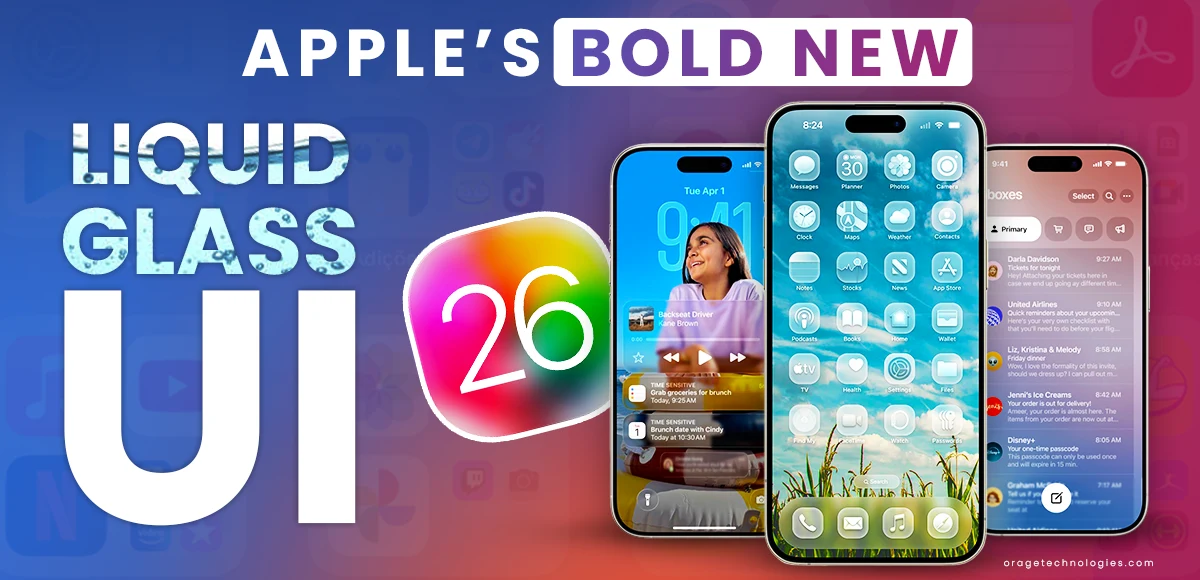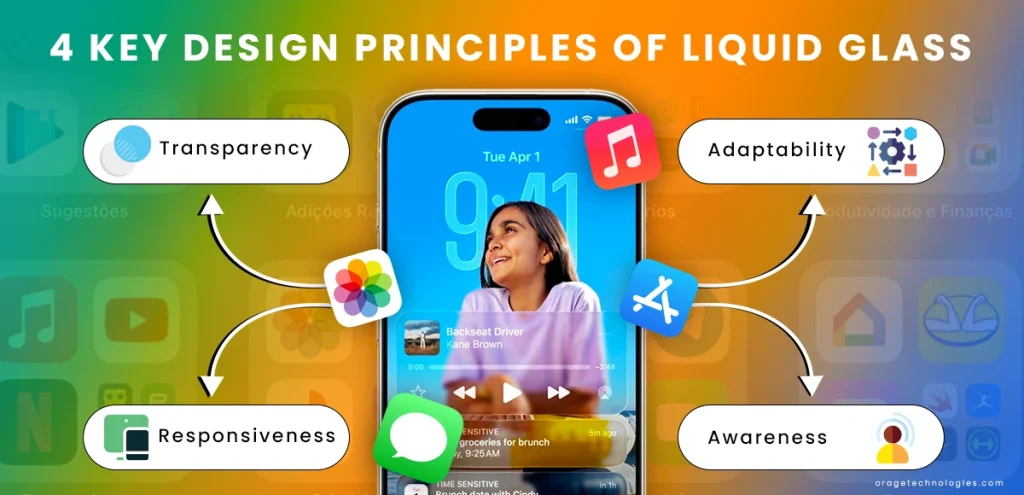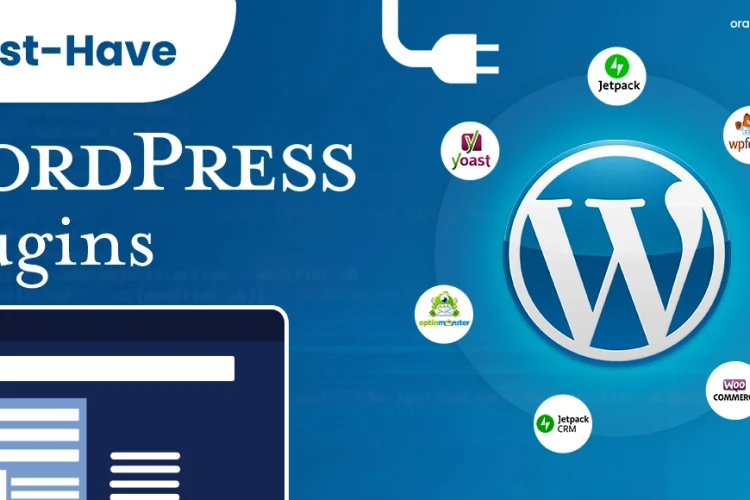
Divya Stuti, with over 5 years of experience in Digital Marketing & Content Writing, has a knack for turning complex Marketing strategies, trends, and jargon...
It’s only day three of Apple’s Worldwide Developers Conference (WWDC) 2025 and the community is already buzzing about the company’s biggest interface design overhaul since iOS7 in 2013: The Liquid Glass.
Early Apple users might remember the ‘Aqua’ user interface introduced in iMovie 2 in July 2000. It was an icon of its time, featuring a water-themed visual interface with translucent and reflective effects resembling water droplets. Apple later incorporated the theme into macOS X 10.0 (Cheetah) in 2001. And again in macOS 11 (Big Sur) in 2020. While the Liquid Glass UI isn’t an innovation it marks a shift that will set the tone for Apple’s ‘human interface’ design in the future.
What is Liquid Glass?
Liquid Glass is Apple’s new user interface that will mimic the fluidity and transparency of glass. Speaking to the audience at the WWDC 2025, Alan Dye, Apple’s VP of human interface design said, “For the first time we’re introducing a universal design across our platform.”
The reason this is a bigger deal than it seems is because Apple has not changed its flat, block-icon design since iOS 7 in 2013. This makes every iOS interface similar in look and feel to its predecessor. Apple has always taken pride on its unique design style where the icons resemble real-world objects.
Liquid Glass will change all that. Its sleek, fluid look is based on the principles of reflection and refraction on glass. Its rounded icon corners and transparent and translucent layered interfaces can adapt to light and dark environments. The UI’s chief designer Andrew Cunningham describes it by saying, “Liquid Glass acts like glass, with a fluid light movement and transparent depth.”
4 Key Design Principles of Liquid Glass

The new UI boasts a reactive, ‘human-centric’ interface which is very different from its previous flat UI. According to a Bloomberg report, Apple’s internal code names – Luck (iOS 19) and Cheer (macOS16) – underscore this goal and are embodied in their updated Human Interface Guidelines. Led by Alan Dye, Apple’s UI team of over 300 designers reimagined the way digital surfaces interact with light, depth, and motion. The result is a tactile, intuitive UI based on:
- Transparency – To separate foreground and background content to enhance focus
- Responsiveness – UI surfaces respond to motion and light
- Adaptability – The interfaces can scale fluidly across devices and operating systems
- Awareness – The refraction is based on the content underneath, much like a real glass.
How Will Liquid Glass Transform Apple’s User Experience?
The new interface is inspired by Apple’s visionOS, its mixed-reality interface. According to its creators, visually, Liquid Glass will offer its users an immersive experience through responsive, real-time rendering. What this means is, a translucent menu at the bottom of the screen will move and shift as you scroll. This will prevent buttons from obstructing your view of the content on the screen. Apple has also clarified that the new UI will be embedded in all its operating systems giving users a unified look and feel across all devices. In short, Liquid Glass will transform all of Apple’s UI elements.
- Icons and Windows
Apple will replace its current frosted glass effects with transparent, refractive icons, buttons, tab bars, sidebars, and even a fully transparent menu bar in macOS 26 (Tahoe).
- Apps
Alerts, dropdown menus and popups will shimmer instead of appearing 2D
- Home and Lock Screens
With Liquid Glass photos will now pop outward. While translucent notification cards will float on the screen and blur gently in the background. Users will also be able to customize icon colours according to background hues and wallpapers.
- Control Center
Users will be able to toggle float within translucent panels.
- Core Apps
Apple’s core apps like Camera, Messages, Safari, Photos, FaceTime, Apple Music, Apple News and Apple Podcasts will all be updated to the new design.
- Menus
The iPad OS26 will feature Liquid Glass menus, window cards and sidebars. Panels will float above the background content to make the experience more seamless.
- Developer tools
Given the massive UI overhaul, developers will be offered immediate access to all betas. The new tools like Icon Composer and an updated HIG can help develop and adapt their apps.
Liquid Glass and Apple Intelligence
Liquid Glass debuted alongside Apple’s advanced AI framework. The Apple Intelligence interface is designed to complement AI-driven interactions with functionality.
- Calls, Messages and FaceTime will now appear in translucent bubbles. These bubbles will hover and translate speech/text in real time without obstructing the view of the background.
- Hold Assist will highlight call details transparently within a single interface.
- Genmoji will let you custom generate emojis within a floating panel.
- Photos and Camera interactions will be highlighted with translucent overlays.
- Smart Shortcuts will integrate into Liquid Glass panels to offer instant access in thin menus.
Usability and Accessibility:
While designers praise the elegance and technical simplicity of the new UI, with Craig Federighi, Apple’s senior VP of software engineering calling it ‘gorgeous.’ However, the critics are raising concerns about the usability of the new glass-like theme.
A Wired article quotes product designers Allan Yu and Adam Whitcroft who have questioned the legibility and readability of Liquid Glass. Which aims to focus on transparency as opposed to contrast, the dominant theme in modern UIs. Some users on X (Twitter) feel that Apple has deviated from the vision of its founder Steve Jobs. While others feel that the company has missed the mark with the new UI.
Here are some honest reviews from X (Twitter):
- Vitek Havlis said “Liquid Glass Design is the ugliest thing Apple has ever done!”
- Coding Fiend went a step further saying, “Apple has done it again; they have managed to make their UI worse than last year.”
- Ash fired off, “Been playing with the new OS since morning and it’s like they left a few interns in a room with crayons.”
- Tipster vented, “Apple’s new glassy UI design literally hurts my eyes to look at.”
Opinions are divided across the internet but one thing is clear, Apple needs to emphasize accessibility. They should consider exploring options like adjustable blur, and contrast settings. Moreover, they should offer developer support tools to help integrate Liquid Glass without compromising readability and performance.
If Apple can successfully marry aesthetics with usability, Liquid Glass could be Apple’s way of reaffirming its design leadership in a saturated market. This in turn would set the stage for its rumoured ‘Glasswing’ which is possibly tied to a future iPhone redesign in 2027.
Final Thoughts:
Apple will roll out Liquid Glass across all its software platforms in 2026. To make the experience more seamless, the company is renaming all its operating systems to align with their year of release – instead of iOS 18 or iOS 19, we will get iOS26 (2026). Users will experience Liquid Glass on the new iOS 26, iPadOS26, macOS Tahoe 26, watchOS26 and tvOS 26. However, the glass-themed interface promises a responsive, immersive experience for its loyal customers. This reinvention reminds of the iconic Aqua user interface in macOS 10.0 (Cheetah) or will it leave loyal fans feeling underwhelmed.
Also Read: Microsoft Copilot AI is The Reason Behind 6,000 Layoffs

Divya Stuti, with over 5 years of experience in Digital Marketing & Content Writing, has a knack for turning complex Marketing strategies, trends, and jargon into interesting and easy to digest blog posts. Whether she’s breaking down the SEO, Social Media or decoding campaigns, Divya knows how to make marketing feel exciting and easy to understand. Armed with a sharp eye for strategy and a storyteller’s instinct, she writes with clarity, creativity, and just the right dose of wit.
More Posts

